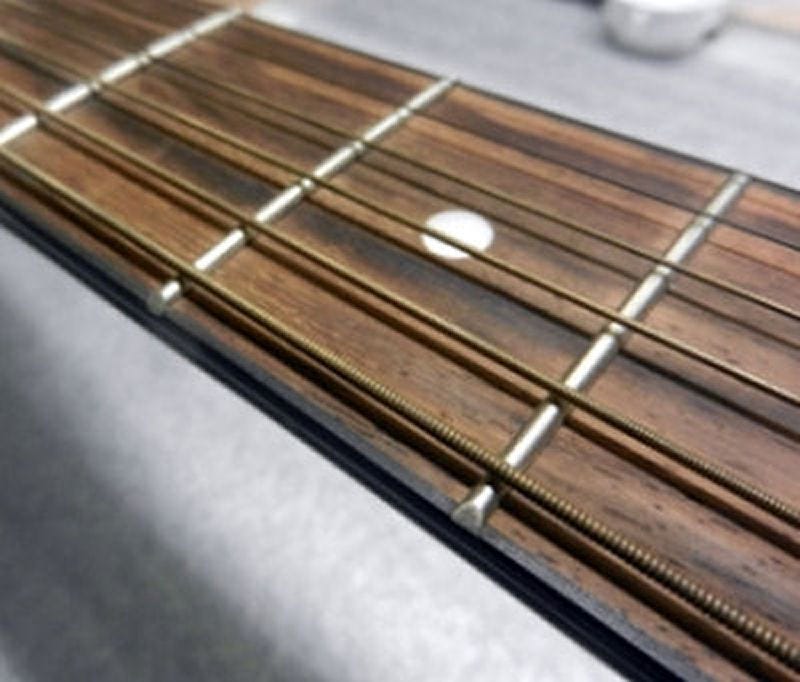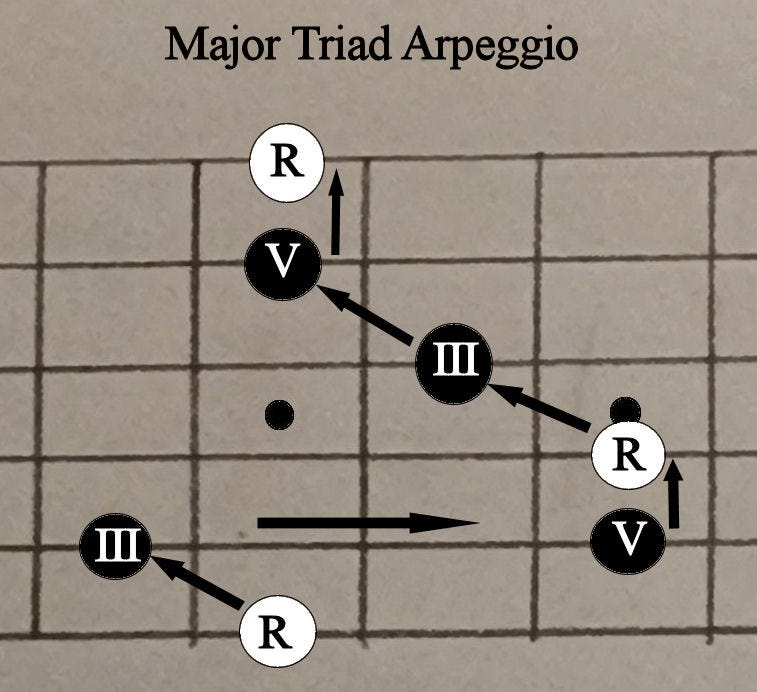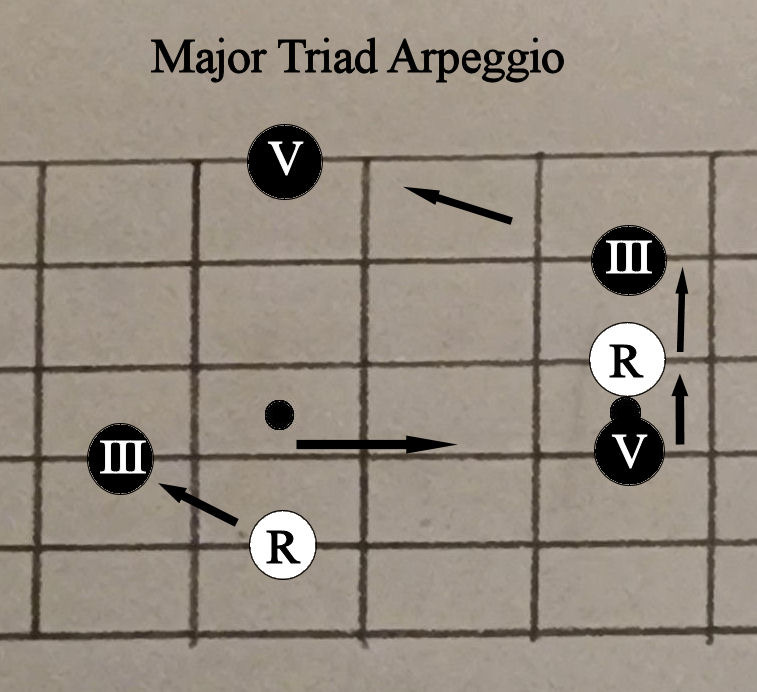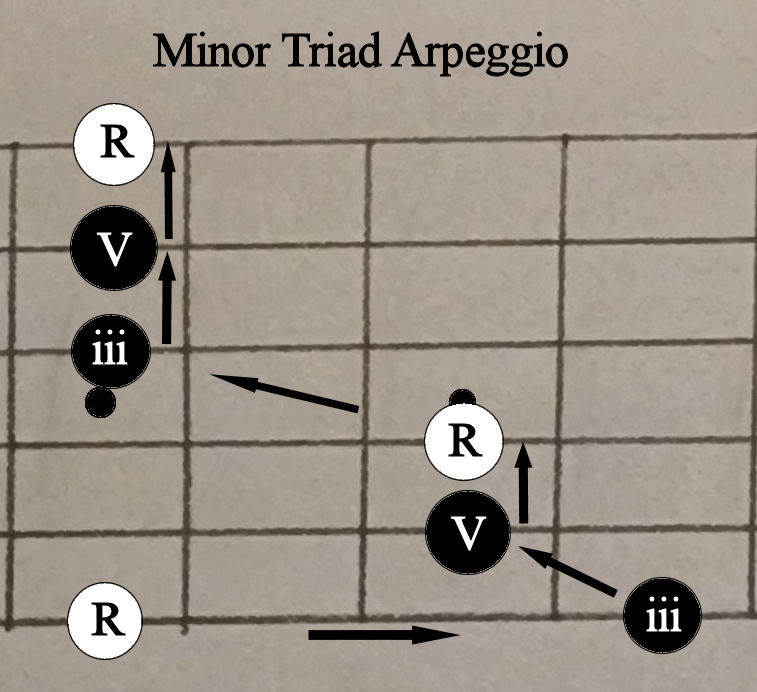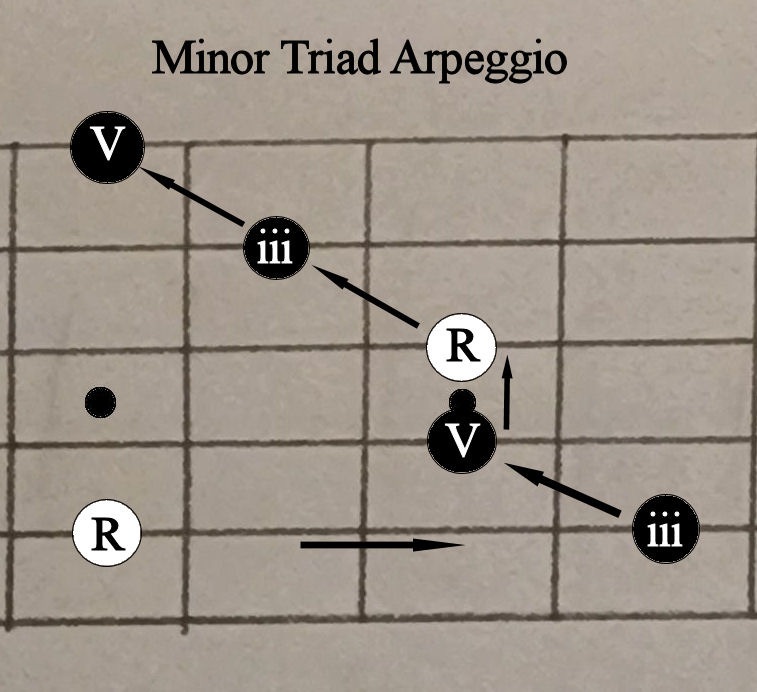Arpeggios! What are they?
How they can help your improvisation (Part One) [Intermediate Lesson]
Thank-you for subscribing to my newsletter. SubStack SoundHole Music is a free newsletter. My work in writing these helpful and informative guitar lessons, along with many other interesting articles on music, is completely supported by my paying subscribers. You can help support my Substack SoundHole Music Newsletter by investing as a paid subscriber. $8/month or $72/year gives you exclusive material on guitar lessons, not available to free subscribers. I appreciate your consideration and your loyalty - Thank-you, Dave.
Over the years, I have been asked by many of my students about what techniques they can use to improve their improvisation and melodic skills in playing their guitar. (This of course, assuming that you are at least somewhat familiar with both diatonic and pentatonic scales). Many of my students feel that they run into roadblocks by playing the same things over and over again. My answer is: “Learning how to practice and incorporate arpeggio's into your playing will help improve your improvisation”.
Intermediate Lesson
What are arpeggios and why are they so important?
The simple answer is - An arpeggio is a broken-down chord. Playing arpeggios is a way of "outlining" the structure of a chord while incorporating the melodic notes of the scale, in the key of the chord.
Clear as mud?
Okay, let's try it this way. Scales have seven notes. These seven notes are used to build chords. These scales are also used to play melodies; and they are also used in improvisation. However, improvisation can sometimes be much more difficult to play than chords. You can learn all the scales you wish - but if your improvisation sounds linear or it seems like everything you play sounds the same, this means that you are doing nothing more than going up and down, walking the path of the scale notes. Sometimes, instead of walking, you need to jump, skip and hop!
Arpeggios use the same specific notes of a chord, but played like a scale. The difference between linear scales and arpeggiated scales is that the "linear approach" to a scale keeps you climbing up and down the expected or obvious notes in a sort of comfort zone that you have grown used to playing.
Arpeggio's allow you to jump notes out of the linear approach and still remain in the scale. The more arpeggios you play in your improvisation, the more unique and interesting your soloing and melodies will sound.
The following are four exercises you can practice to help you begin thinking and playing outside of the comfort zone of the linear scales.
This first diagram shows the "Major triad" arpeggio. This means that you will only play the Major triad notes in a chord (I - III - V).
We will begin on the 6th string. Think of it as a movable "shape" that you can use in any key, with the root note on the 6th string. Directly below this diagram is the A Major tablature for the exercise.
Major Triad (6th string root)
This next diagram shows the "Major triad" arpeggio from the 5th string root. This means that you will only play the Major triad notes in a chord (I - III - V). This example begins on the 5th string. Again, think of it as a movable "shape" that you can use in any key, with the root note on the 5th string. Directly below this diagram is the D Major tablature for the exercise.
Major Triad (5th string root)
This next diagram shows the "Minor triad" arpeggio from the 6th string root. This means that you will only play the minor triad notes in a chord (I - iii - V). This example begins on the 6th string. Directly below this diagram is the A minor tablature for the exercise.
Minor Triad (6th string root)
This last diagram shows the 5th string root "Minor triad" arpeggio. You will only play the minor triad notes in a chord (I - iii - V). This example begins on the 5th string. Directly below this diagram is the D minor tablature for the exercise.
Minor Triad (5th string root)
Practice these four exercises every time you pick up your guitar. You can even use these arpeggio shapes as warm-ups. Comment below if you have any questions. Please share and consider investing in a monthly or yearly paid subscription. - Thank-you, Dave.





